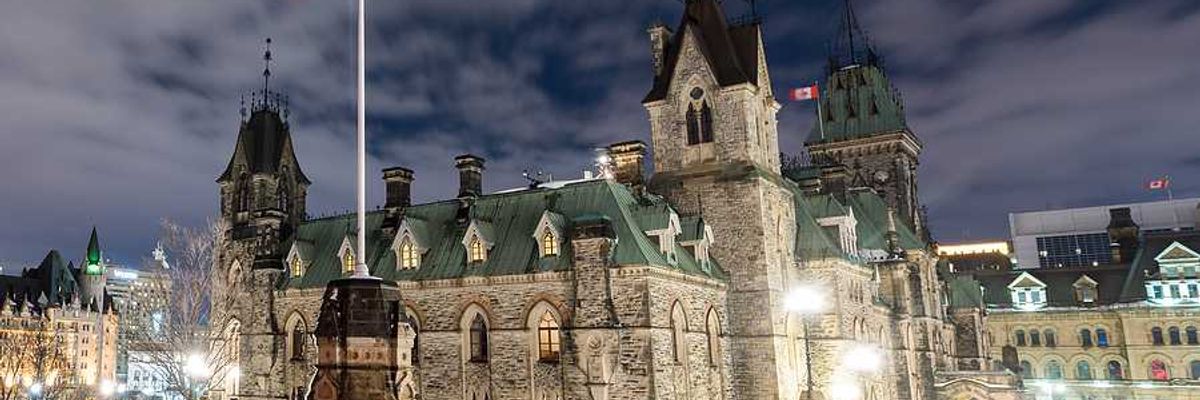western
Western wildlife's epic journey highlights survival and challenge
Mule deer, pronghorn, and elk make complex and perilous migrations across Western landscapes, a journey crucial for their survival amid increasing human encroachments and environmental challenges.
In short:
- Infrastructure improvements like wildlife overpasses have significantly reduced wildlife-vehicle collisions in Wyoming, saving lives of both animals and humans.
- Despite facing obstacles such as roads, subdivisions, and industrial developments, migrating ungulates like deer 255 and 665 manage to travel hundreds of miles, maintaining healthy populations.
- Conservation efforts are underway, but they face resistance from lawmakers and landowners, hindering the protection of crucial migratory routes.
Key quote:
"I am significantly concerned about mule deer."
— Brian Nesvik, director of the Wyoming Game and Fish Department
Why this matters:
As urban sprawl continues to eat away at natural habitats, animals find their traditional migration routes obstructed by highways, cities, and farmland. This fragmentation of landscapes forces them into closer quarters with humans, leading to increased conflicts, road fatalities, and diminished genetic diversity as populations become isolated. Climate change compounds these issues, altering the availability of food, water, and suitable habitats.
Disaster disparities affect Western communities
Recent storms in Southern California indicate a future with more intense and infrequent precipitation, highlighting the risk of climate catastrophes.
In short:
- Climate change exacerbates the intensity of weather events, with Southern California at risk of increased floods.
- FEMA data reveals communities of color and low-income neighborhoods face higher natural hazard risks.
- Effective risk communication and community resilience are crucial for vulnerable populations.
Key quote:
“There’s these systems of oppression that have existed and continue to evolve over time, things like racism, sexism, colonialism that have led certain populations to be at a higher risk to hazards and disasters.”
— Nnenia Campbell, research associate with the Natural Hazards Center at the University of Colorado Boulder
Why this matters:
Marginalized communities, including those with lower income levels, racial and ethnic minorities, and Indigenous groups often bear the brunt of climate-related hazards more severely than more affluent, mainstream populations.
Over the past century, exploitative practices not only unjustly concentrated climate disasters in communities of color, but are now barring those same communities from clean energy resources essential for weathering the storm.
Increasingly large and intense wildfires hinder Western forests’ ability to regenerate
A new study suggests that reducing forest fire severity in the next few decades could make all the difference for future generations of trees in the West.
Western US wildfires have destroyed 246% more homes and buildings this decade. These fire scientists explain why
In nearly every Western state, more structures were destroyed by wildfire over the past decade than the one before. The crisis, scientists say, has human fingerprints all over it.
Western states ponder regional grid as renewables grow
A unified electricity market in the western U.S. could unlock regional cooperation, lower prices and facilitate decarbonization, experts say.









